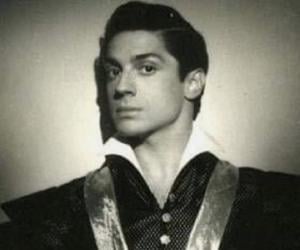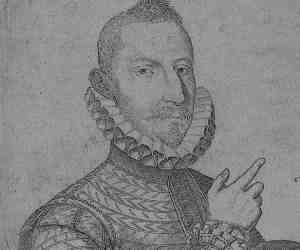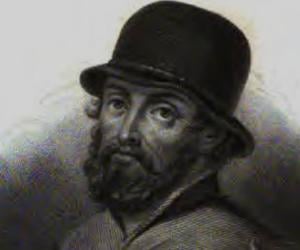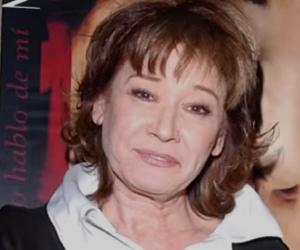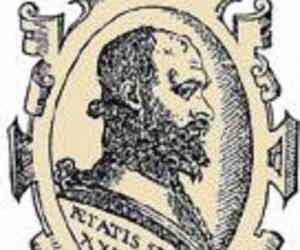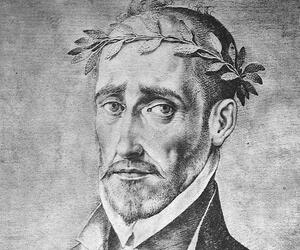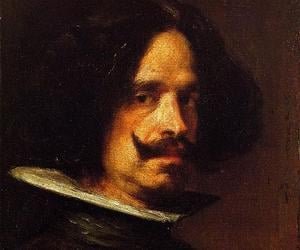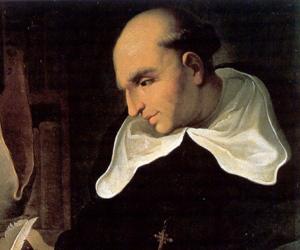Diego Velázquez was a Spanish painter who served as the most important artist in King Philip IV's court. The leading artist of the Spanish Golden Age, Velázquez's work served as a model for impressionist and realist painters of the 19th century. In the 20th century, personalities like Salvador Dalí and Pablo Picasso re-interpreted some of Velázquez's most iconic images.
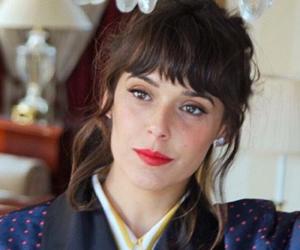
Best known to international audiences for her performance as the transgender character Manila in the iconic hit series La Casa de Papel, or Money Heist, Belén Cuesta is a popular Spanish actor. A fine theater actor, too, she has been part of production such as Sonias and Metamorfosis.
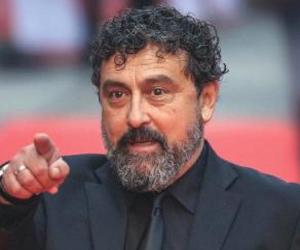

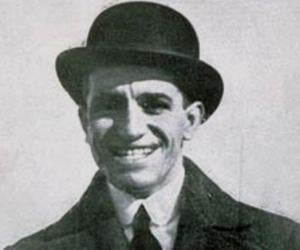
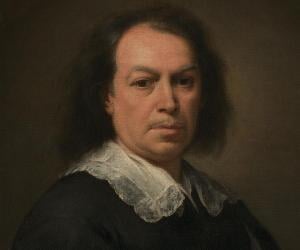
Bartolomé Esteban Murillo was a Spanish Baroque painter. He is most famous for his religious works. He also produced numerous paintings of contemporary women and children, especially of flower girls, street urchins, and beggars. He had many followers and pupils and was one of the founders of the Academia de Bellas Artes (Academy of Art).
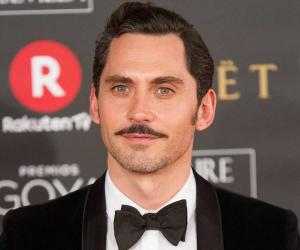

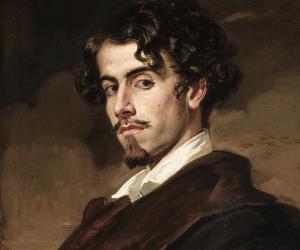
Spanish Romantic poet Gustavo Adolfo Bécquer was orphaned at age 11. Inspired by his painter brother Valeriano, he embarked on a literary career, writing for El Contemporáneo in Madrid. His Rimas (Rhymes) and Leyendas (Legends) gained popularity only after his death at 34 due to tuberculosis.

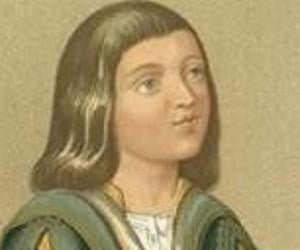
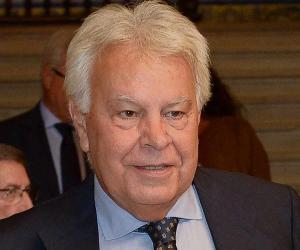
Spanish lawyer and PSOE politician Felipe González has been the longest-serving freely elected prime minister of Spain. Born to a livestock farmer in Seville, he had initially aspired to be a civil engineer but later switched to law. At 40, he was the youngest European head of government.
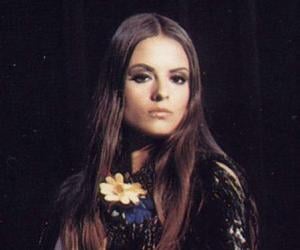
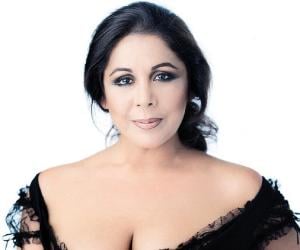
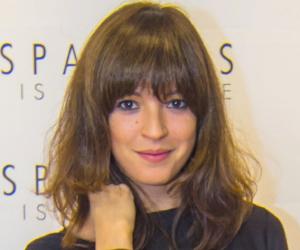
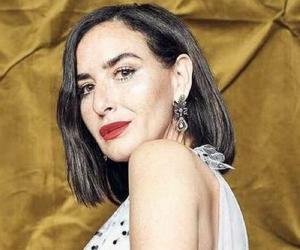
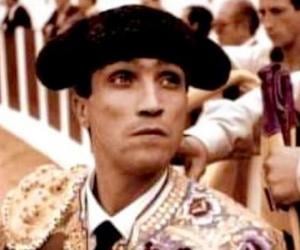

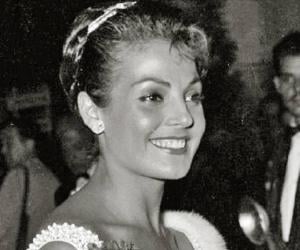
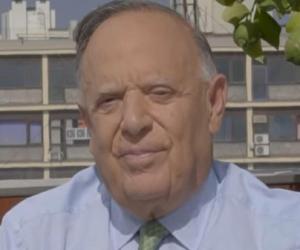
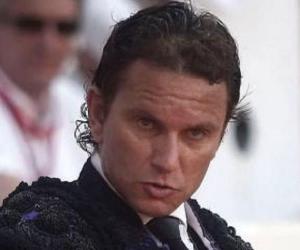
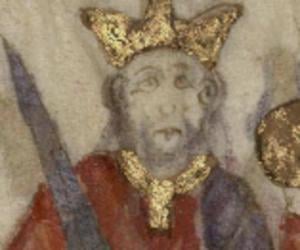
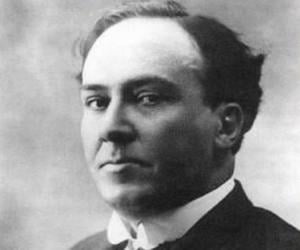
A leading member of the Spanish literary movement known as the Generation of '98, Antonio Machado was a legendary poet and playwright. He was educated at the Sorbonne and had also taught French. A proponent of eternal poetry, he penned masterpieces such as Soledades and Campos de Castilla.
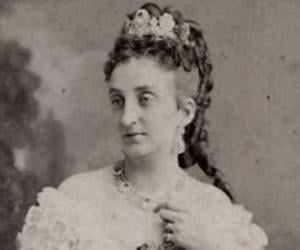

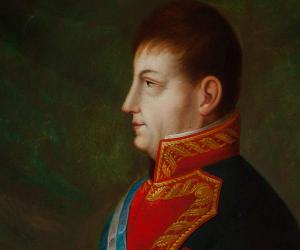
Juan O'Donojú was a Spanish-Irish diplomat and military officer. He is best remembered for his service as the viceroy of New Spain from July 1821 to September 1821. Prior to his service as the last Spanish Jefe Político Superior of New Spain, Juan O'Donojú also served as the Prime Minister of Spain for a brief period in 1813.
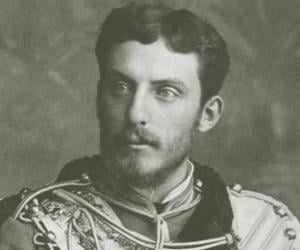
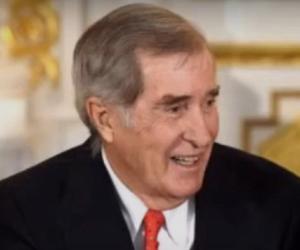
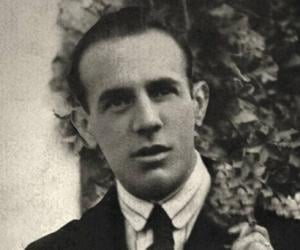
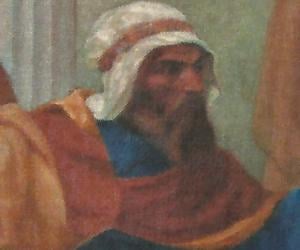
Ibn Zuhr was an Arab poet, physician, and surgeon. The most respected physician of his time, Ibn Zuhr is credited with performing the first experimental tracheotomy. His best known literary work, Book of Simplification Concerning Therapeutics and Diet, was influential to the development of surgery.
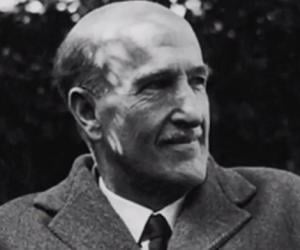
Vicente Aleixandre was a Spanish poet. He was part of the Generation of '27 and received the Nobel Prize for Literature in 1977. His early poetry was marked by surrealism and many of his poems have melancholic undertones. He is considered one of the greatest poets of Spanish literature. He was bisexual but never admitted to it publicly.

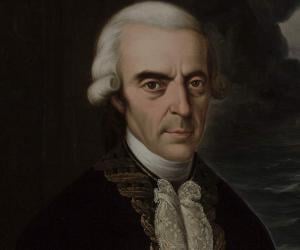
Spanish mariner Antonio de Ulloa was sent by the government to explore America and ended up being captured by the British while returning. His scientific zeal made him a Fellow of the Royal Society there. He is remembered for his metallurgical, astronomical, and geographical discoveries and treatises.
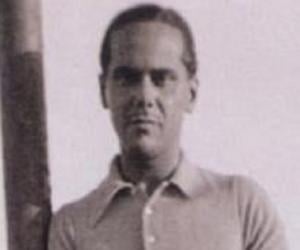
Spanish poet and critic Luis Cernuda was a qualified lawyer and later became a significant member of the Generation of '27. After gaining prominence with poem collections such as Los placeres prohibidos, he also taught at universities in Britain and the U.S., and eventually settled in Mexico. He was openly homosexual.
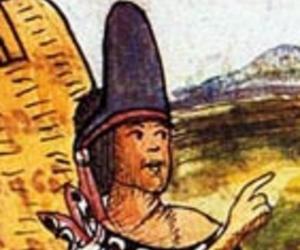
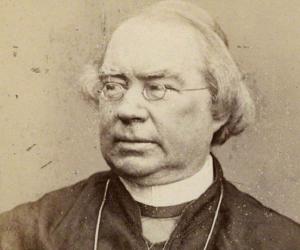
Remembered as one of the most significant figures behind the revival of Catholicism in the 19th century, Nicholas Wiseman was the first archbishop of Westminster. He was born to Irish immigrants in Spain and initially worked as a language professor. He also penned the iconic works Horae Syriacae and Fabiola.
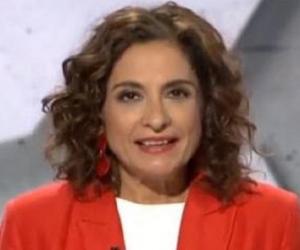
María Jesús Montero is a Spanish politician and hospital administrator. Since 2018, she has been serving as the Minister of Finance and Civil Service. She also served as the Spokesperson of the Government from 2020 to 2021. An important political figure, María Jesús Montero served as the Regional Minister of Finance and Public Administrations of Andalusia from 2013 to 2018.
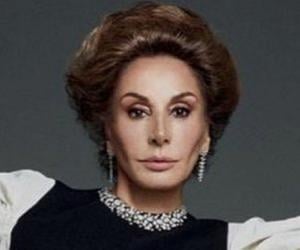
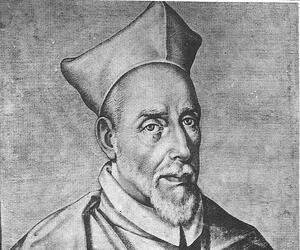
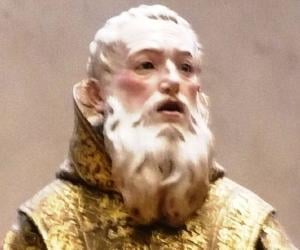
Baroque Era Spanish sculptor Luisa Ignacia Roldán, known for her polychromed wooden statues of various religious figures, was the first woman sculptor to be documented in Spain. One of the few women artists to maintain independent studio outside convents, she later became the court sculptor to Habsburg monarch, King Charles II.

